Food packaging
Food packaging
Food Packaging
Food packaging refers to the materials and methods used to enclose and protect food products. It plays a crucial role in preserving the quality, safety, and shelf life of food items. Effective food packaging ensures that the food remains fresh and free from contamination.
Types of Food Packaging
There are various types of food packaging, each designed for specific purposes. Common types include plastic packaging, glass containers, metal cans, and paper-based packaging. Each type has its own advantages and is chosen based on the food product's needs.
Functions of Food Packaging
Food packaging serves several important functions. It protects food from physical damage, contamination, and spoilage. It also provides information about the product, such as ingredients, nutritional facts, and expiration dates. Additionally, good packaging can make food products more appealing to consumers.
Materials Used in Food Packaging
Various materials are used in food packaging, including plastics, glass, metal, and paper. Each material has unique properties that make it suitable for different types of food. For example, glass is often used for beverages, while plastic is common for snacks and ready-to-eat meals.
Environmental Impact of Food Packaging
Food packaging can have a significant environmental impact. Many packaging materials are not biodegradable and contribute to pollution. However, there is a growing trend towards using eco-friendly packaging options, such as biodegradable plastics and recyclable materials, to reduce environmental harm.
Conclusion
In summary, food packaging is essential for maintaining the quality and safety of food products. It involves various materials and methods, each chosen based on the specific needs of the food item. As consumers become more environmentally conscious, the demand for sustainable packaging solutions continues to grow.
Blog Posts with the term: Food packaging

Leaf-based packaging materials are ancient practices re-emerging for modern sustainability, utilizing plant leaves as biodegradable and renewable solutions with minimal environmental impact. They reduce carbon emissions compared to plastic production, decompose rapidly without toxic residues, and align with circular economy...
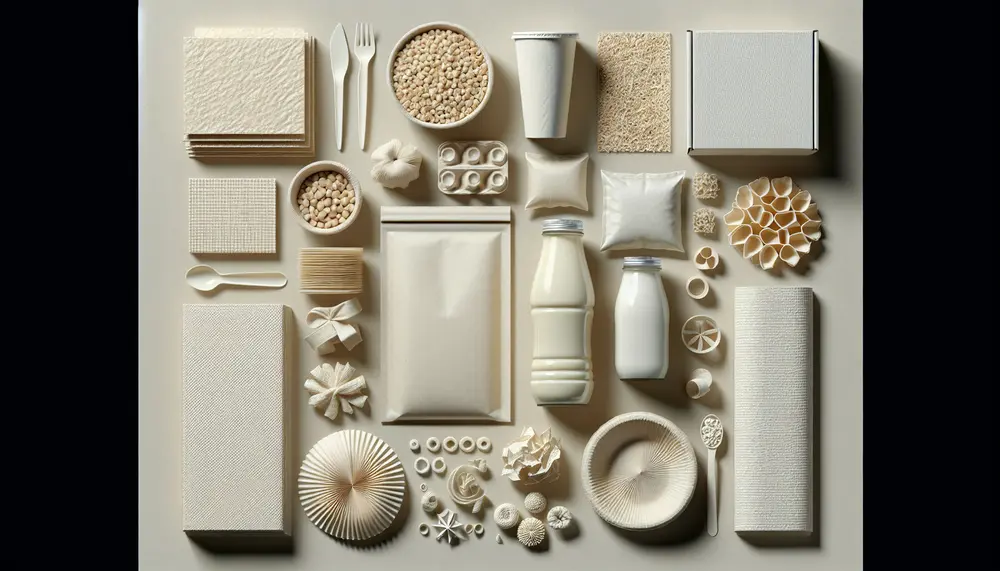
Cornstarch is a biodegradable, eco-friendly alternative to traditional packaging materials, offering similar functionalities with less environmental impact. It's used in various industries for products like containers and bags, reduces reliance on fossil fuels, and supports climate change efforts by emitting...

LDPE bags are versatile and durable packaging solutions made from Low-Density Polyethylene, suitable for a wide range of applications including food packaging, medical supplies, retail merchandise, industrial parts, and agricultural products. They offer benefits such as cost efficiency, protective qualities...
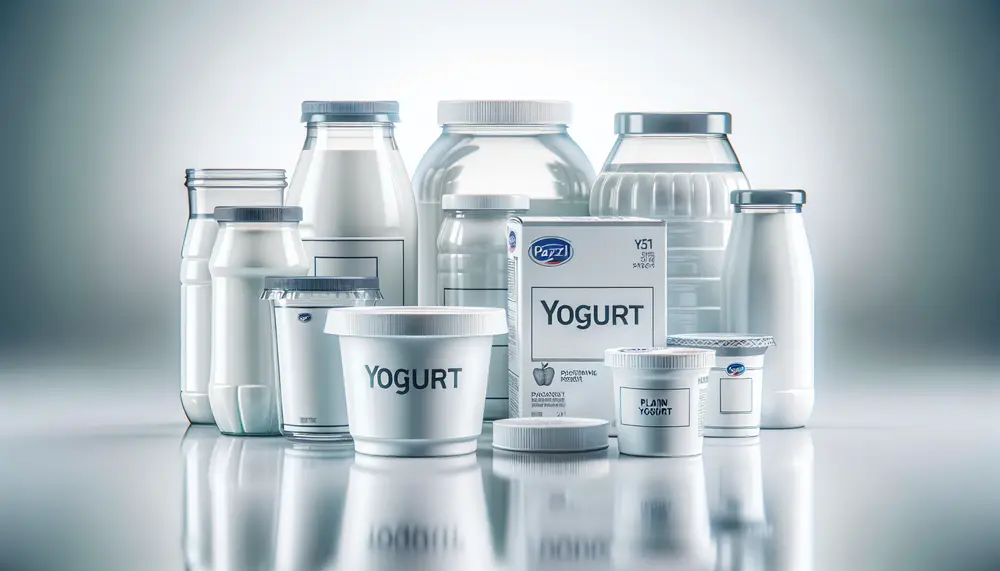
The article discusses the significance of yogurt packaging materials in preserving quality, extending shelf life, and marketing. It highlights various types of packaging like glass, plastic, composites, eco-friendly alternatives, and metal containers with their respective properties. Packaging choices for yogurt impact...
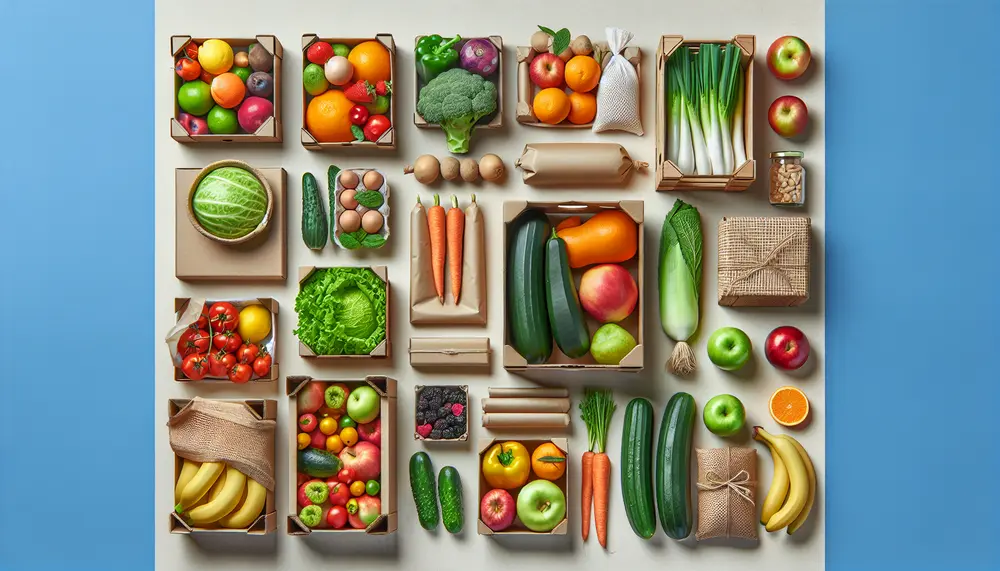
Packaging in agriculture is crucial for protecting produce from farm to market, maintaining quality and freshness, and enhancing logistical efficiency. It reduces waste, ensures food safety, aids branding, and supports global trade by enabling access to wider markets....
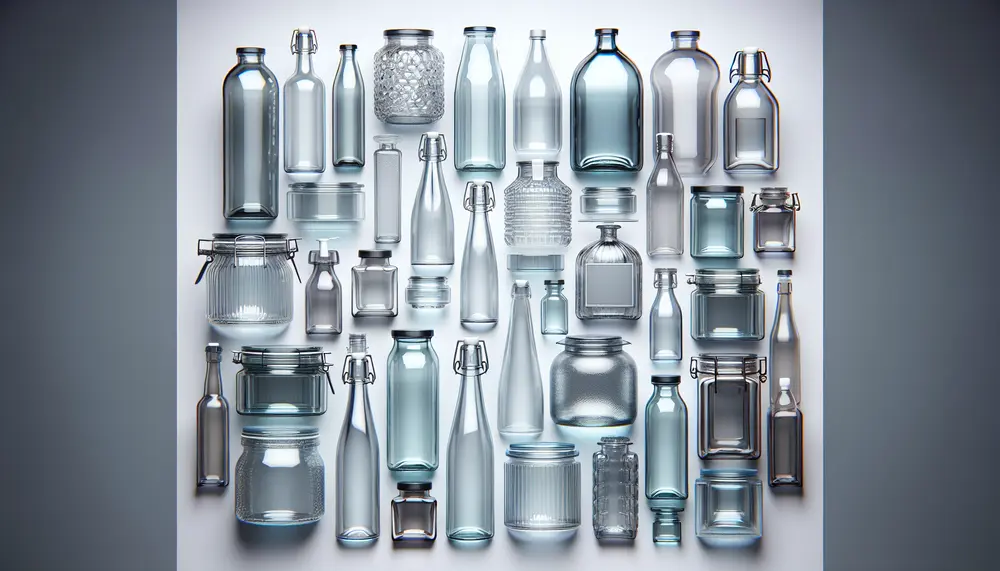
Glass packaging is valued for its durability, inertness, and transparency, ideal for storing various products while being 100% recyclable. Different types of glass like borosilicate and soda-lime are used in packaging due to their unique properties such as thermal resistance...

Flexible and soft packaging materials are cost-effective, protective solutions that bend to fit contents; they combine substrates like plastics for barrier protection and branding. The industry is shifting towards these lightweight, customizable options due to consumer convenience, sustainability benefits, and...
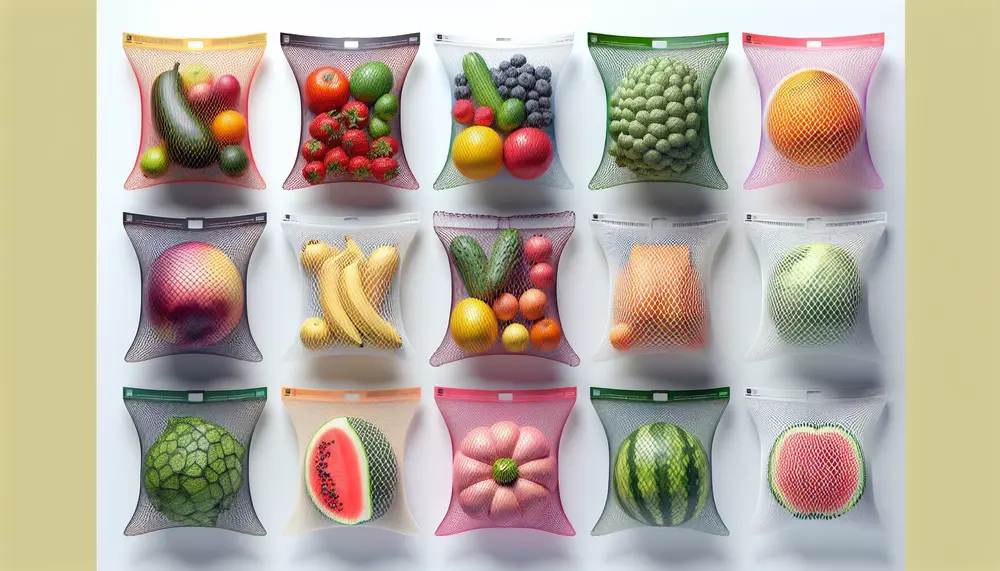
Packaging nets are crucial for protecting and transporting various products, offering benefits like airflow for perishables, visibility without opening the package, lightweight nature to reduce shipping costs, and environmental friendliness. They come in different types—extruded, knitted, woven, elastic—with specific characteristics...
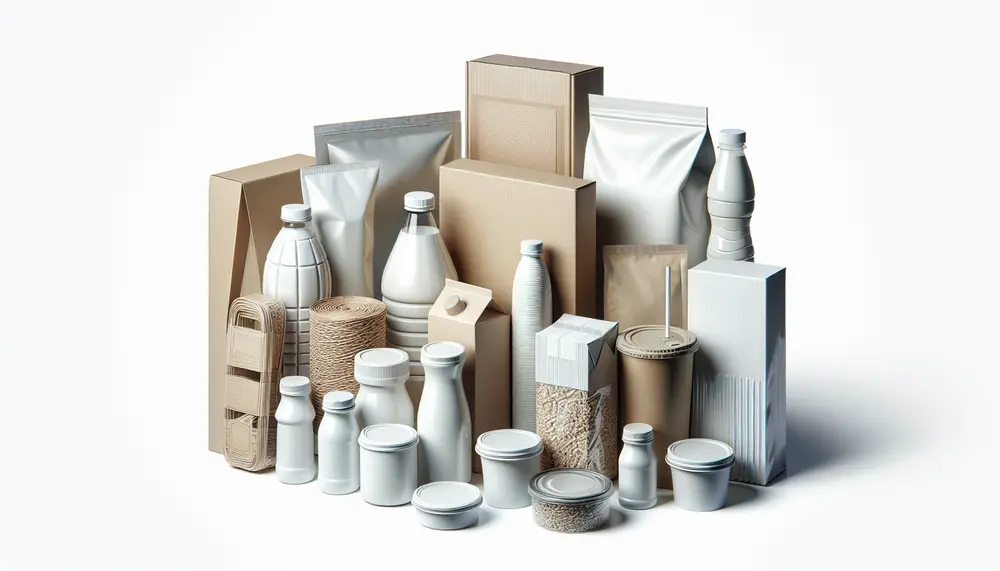
The guide explains the significance of MOSH (Mineral Oil Saturated Hydrocarbons) and MOAH (Mineral Oil Aromatic Hydrocarbons) in food packaging, highlighting their potential health risks due to migration into food. It emphasizes the need for ongoing research, industry regulation, and...

Perforation in packaging design is a critical element that enhances product breathability, user access, and maintains integrity during transport. It requires careful consideration of material properties and precise techniques to ensure functionality without compromising quality. The role of perforation extends to...
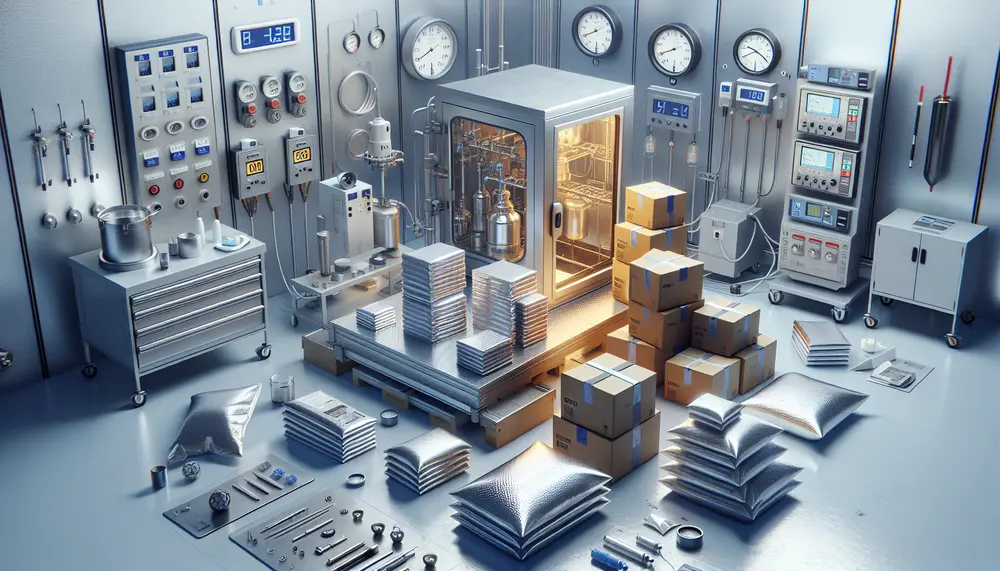
Heat resistant packaging materials are designed to protect contents from high temperatures during transportation or storage, with various forms for different applications and levels of protection. Innovations aim to enhance heat resilience while considering cost-effectiveness and environmental impact. Thermal stability...

Food contact materials (FCMs) must be safe as they can transfer substances into food, with safety ensured through rigorous assessments and migration tests. The FDA regulates FCMs in the U.S., requiring scientific evidence for approval or recognition under GRAS standards....
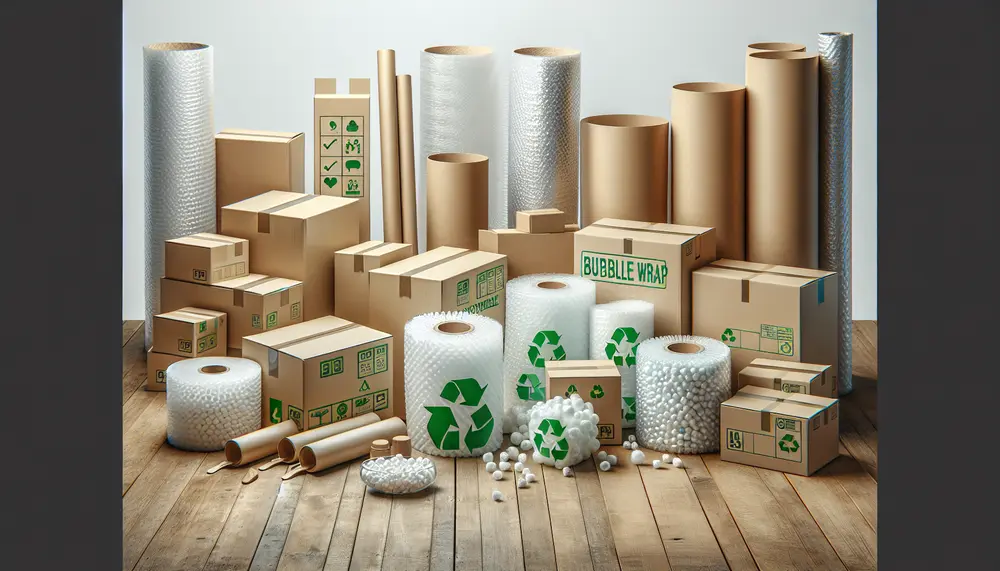
Packaging solutions in New Zealand are essential for product integrity, safe distribution, and brand identity; they must be durable for long transits and increasingly sustainable to meet consumer expectations. Quality packaging is crucial as it protects goods during shipping, enhances...
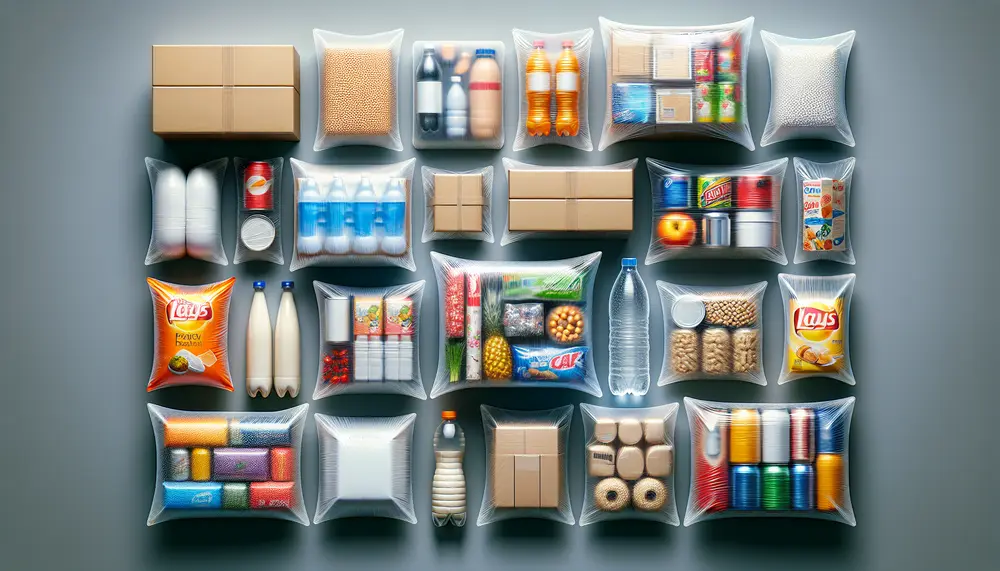
Packaging nylon, a synthetic plastic derived from petroleum products, is known for its strength, durability and resistance to chemicals, heat and abrasion. Its versatility allows it to be used in various sectors including food packaging, medical packaging and electronics due...
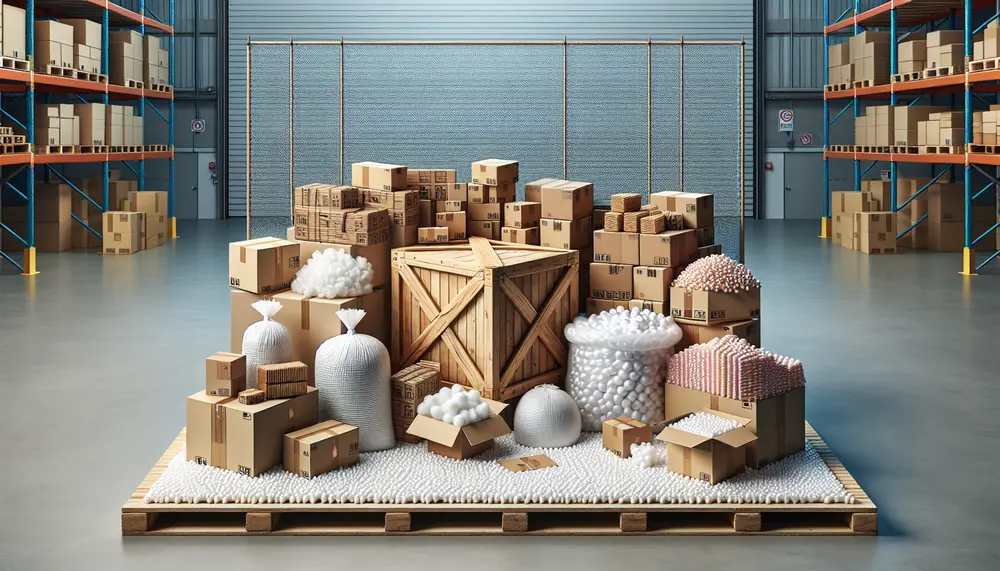
Packaging and packing are distinct processes in goods transportation; packaging focuses on product protection and presentation, involving design for brand identity, while packing is about enclosing products for safe distribution. Primary, secondary, and tertiary packaging provide different levels of protection...
